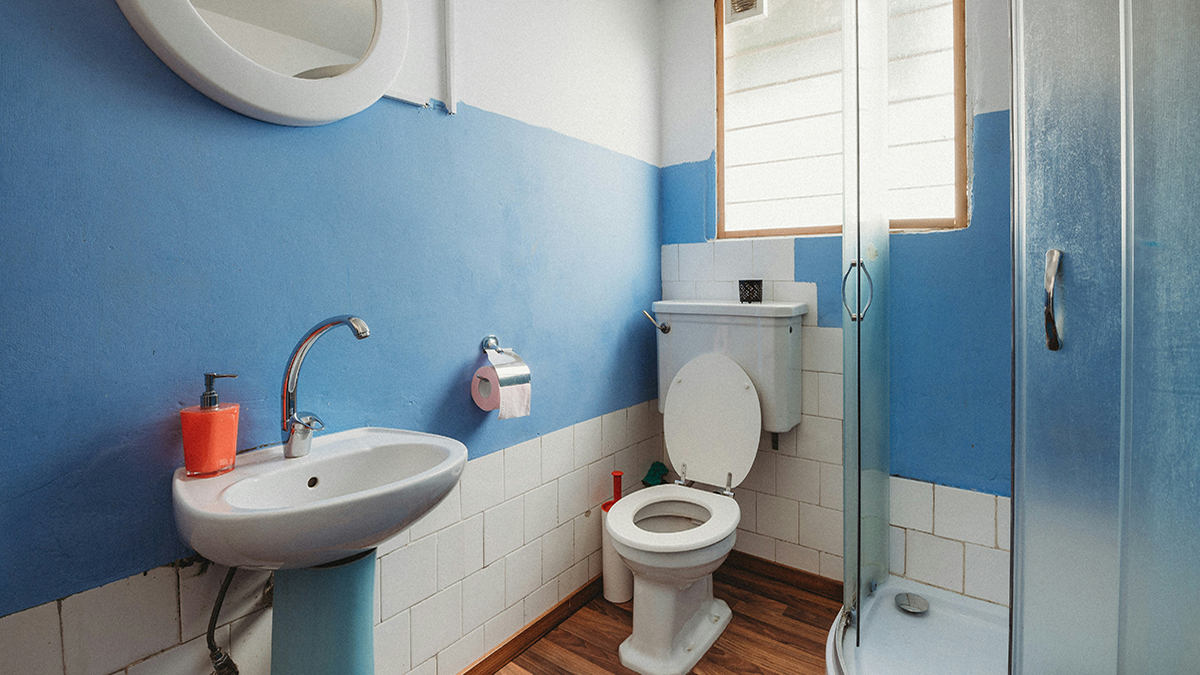A rental property must be safe, secure, reasonably clean and reasonably fit to live in. That would be the least that most would expect, but it doesn’t end there. Legislation goes much deeper into the minimum standards of rental properties and landlords and agents must adhere to them…or they may end up in hot water.
So, what are minimum standards? Minimum standards are the least permissible condition required to demonstrate a basic level of performance; in the case of rental property, this refers to liveability. It is a level of quality that is thought to be acceptable as a minimum, and below which is unacceptable. Although a rental does not need to be ‘perfect’ it does need to be safe, secure and functional.
Minimum standards and insurance
Now you may be wondering why a landlord insurance provider is concerned about minimum standards. The reason is because it can impact cover.
Anyone managing a rental property is responsible for keeping it in a reasonable state of repair and ensuring it complies with building, health and safety laws. If a landlord or property manager fails to do so, it can mean a reduced payout or denial of an insurance claim.
For example, if there was a break-in, and a vandal damaged the walls and ceilings, the repairs may not be covered if it was found that there were not working locks on the doors (which is a minimum standard in many states).
Similarly, if a storm caused damage to the roof and it was found that the roof was not structurally sound (a minimum standard in a number of jurisdictions), the claim could be impacted.
Basically, to maintain cover under an insurance policy, the policyholder must act lawfully – if they don’t, there are likely to be serious ramifications for cover.
But before there can be issues with cover, insurance needs to be obtained in the first place. And securing cover might be difficult if the rental doesn’t meet minimum standards. In general, the condition of a premises can have an impact on whether an insurer will take on the risk and offer cover. The requirement to meet minimum standards may contribute to an insurers’ assessment of the property’s risk profile.
Ultimately, a rental property must be managed in line with state and national legislation. That means it is important to meet minimum standards to ensure both tenants and the property are safe. It also helps to maintain your insurance cover.
Minimum standards – state by state guide
Minimum standard requirements vary between jurisdictions and landlords and property managers should always refer to the latest legislation and information provided by the state/territory authority.
Regardless of jurisdiction, the property must comply with all local, state and federal statutory building, health and safety laws.
We have created a list of the minimum standards required in each state and territory. Further detail on the requirements can be found in the accompanying links.
Click here for a state-by-state breakdown of minimum standards in Australia or scroll for the insights…
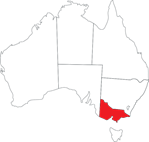 Victoria
Victoria
Landlords must make sure a property meets minimum standards on or before the day a renter moves in. Minimum standards apply to rental agreements from 29 March 2021.
To meet minimum standards:
-
External entry doors must have functioning deadlocks or be fitted with locks that can be unlocked with a key from the outside but can be unlocked without one from the inside.
-
Landlords must supply a vermin proof rubbish and recycling bin for the tenant to use.
-
A working toilet must be in a separate room in the property, either by itself, or in an appropriate room like a bathroom or in a combined bathroom-laundry. It must be connected to an approved sewage or wastewater system.
-
A rental property’s bathroom must have a washbasin and a shower or bath, and be connected to a reasonable supply of hot and cold water.
-
The property must have a dedicated cooking and food preparation area, a working sink and a working stovetop with two or more burners. If it has an oven, this must also work.
-
If the property has a laundry, it must be connected to hot and cold water.
-
The property must be structurally sound and weatherproof.
-
The property must be free from mould caused by, or related to, the building structure.
-
As of 29 March 2023, the rental property must have a modern electrical switchboard, with circuit breakers and electrical safety switches installed. Landlords are responsible for ensuring their rental property complies with the electrical safety standard by engaging a licensed or registered electrician.
-
Windows in rooms likely to be used as bedrooms or living areas must be fitted with curtains or blinds that can be closed, block light and provide privacy.
-
All external windows in a rental property that can be opened must be lockable. They must also be able to be left open or closed.
-
Inside rooms, corridors and hallways must have access to light to make the areas functional. NOTE: These requirements do not apply if the property is registered under the Heritage Act 2017 and has an approved exemption from the standard.
-
The property must meet the appropriate ventilation requirements of the Building Code of Australia, which are different for different kinds of properties. You can search resources in the Australian Building Codes Board resources library.
-
The property must have a fixed heater (not portable) in good working order in the main living area. As of 29 March 2023, the heater must also meet energy efficiency standards.
Further info:
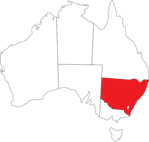 New South Wales
New South Wales
Landlords are required to provide the rented property in a reasonable state of cleanliness and it must be ‘fit for habitation’. On 23 March 2020, seven minimum standards which clarify what ‘fit for habitation’ means came into effect.
To be fit to live in, the property must (as a minimum):
-
Be structurally sound.
-
Have adequate natural or artificial lighting in each room, except storage rooms or garage.
-
Have adequate ventilation.
-
Have electricity or gas and an adequate number of sockets.
-
Have adequate plumbing and drainage.
-
Have a water connection for hot and cold water for drinking, washing and cleaning.
-
Have bathroom facilities, including a toilet and washing facilities that allow users privacy.
In addition, landlords need to ensure that smoke alarms installed in the rented property are in working order. A penalty applies for landlords who fail to comply.
Further info:
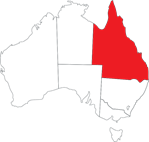 Queensland
Queensland
Minimum housing standards came into effect for new tenancies from 1 September 2023, meaning if a tenancy agreement is signed or renewed from this date, the property must meet minimum housing standards. Minimum housing standards will come into effect for all remaining tenancies on 1 September 2024.
To meet minimum standards, properties must:
-
Be weatherproof and structurally sound.
-
Be in good repair, with fixtures and fittings (such as electrical appliances) that are not likely to cause injury through normal use.
-
Have functioning locks or latches on all external doors and windows that can be reached without a ladder.
-
Be free from vermin, damp and mould (this does not include cases where the vermin, damp or mould has been caused by the tenant).
-
Include curtains or other window coverings which provide privacy in rooms where the tenant might reasonably expect it, such as bedrooms.
-
Have adequate plumbing and drainage, and be connected to hot and cold water that is suitable for drinking.
-
Provide privacy in bathroom areas and have flushable toilets connected to a sewer, septic tank or other waste disposal system.
-
Have a functioning cook-top, if a kitchen is provided.
-
Include the necessary fixtures for a functional laundry, such as tap fixtures and adequate plumbing, if laundry facilities are provided.
Further info:
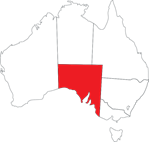 South Australia
South Australia
Changes to the Residential Tenancies Act 1995 have been passed by the Parliament and are set to come into effect as soon as supporting regulations are developed.
Under the new law, landlords will need to ensure premises comply with minimum housing standards (prescribed under the Housing Improvement Act 2016) ready for occupation.
Minimum standards apply for each room and also for the whole property overall, including:
-
Continuous supply of electricity.
-
Each electrical installation, alteration, relocation, repair or maintenance must be compliant with relevant law.
-
Each gas installation, alteration, relocation, repair or maintenance must be compliant with relevant law.
-
Maintained so not to present a fire hazard.
-
Fitted with smoke alarms in compliance with relevant law.
-
Must be free from materials or substances that pose a serious risk or harm to the health of occupants (e.g. disturbed or damaged asbestos).
-
Each internal wall and ceiling must be constructed from rigid material.
-
Ceiling height must be compliant with relevant law.
-
Stairs including the risers and goings and any landings, balustrades and handrails must be compliant with relevant law.
-
Footings providing effective structural support.
-
Reasonably draught proof and weatherproof.
-
Reasonably free from mould or other irritants.
-
Reasonably free from the adverse effects of moisture or damp.
-
Have effective drainage.
-
Reasonably free and unimpeded access and egress in event of emergency.
-
Maintained to prevent the accumulation of rubbish.
-
Maintained to prevent vermin infestation.
-
Swimming pool must be compliant with relevant law.
Further info:
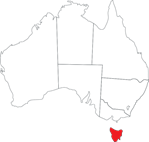 Tasmania
Tasmania
From 1 August 2016, all residential rental properties have been required to meet minimum standards.
To meet minimum standards, a property must:
-
Be weatherproof. This means there is no weather entering the property that should not be.
-
Be generally clean. A property is considered to be clean where it provides a basic level of cleanliness and hygiene.
-
Be in good repair. This means, there should be no areas of the property that need significant repairs.
-
Have a working flushing toilet. The toilet must be connected to a wastewater management system (including a septic system), or any other system approved by Council for the treatment or disposal of waste.
-
Have an area intended for cooking (such as a kitchen). The kitchen must have a sink, hot and cold water, a stove top, and an oven.
-
Be connected to a mains electrical supply (or something that can supply electricity for the people that the property is designed to accommodate).
-
Have adequate natural or artificial lighting in each room. The exception is when the room is a storage room or garage.
-
Have a heater in the main living area of the property.
-
Have curtains or blinds covering each window in the bedrooms and living/lounge room.
-
Have openings to allow air into all rooms.
Further info:
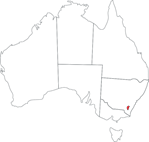 Australian Capital Territory
Australian Capital Territory
The Residential Tenancies Act 1997 states that a lessor needs to ensure rental properties comply with minimum housing standards. While these standards are not delineated by the Act, the Rental Book notes that landlords are responsible for keeping the property in a ‘reasonable state of repair’ and ensuring it is ‘reasonably secure’.
In 2020 the Act was amended to allow the ACT Government to make minimum standards for residential tenancies. In 2023, new laws were introduced to enforce a minimum energy efficiency standard for ceiling insulation.
As of 1 April 2023, minimum standards apply to:
-
Ceiling insulation – with a phase-in period between 1 April 2023 to 30 November 2026. Landlords are required to indicate if their property meets the minimum energy efficiency standard in all rental advertisements/lease agreements and have nine months from a new lease being signed to comply, unless exempt.
Further info:
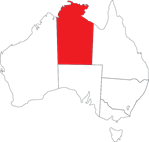 Northern Territory
Northern Territory
There are no specific minimum standards which must be met.
However, it is the landlord’s responsibility to ensure that the property is clean and habitable and meets all health and safety requirements.
It is also the landlord’s responsibility to maintain the property during the period of a tenancy so that it is in a reasonable state or repair allowing for wear and tear.
Further info:
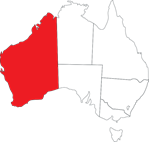 Western Australia
Western Australia
Although proposed changes to the Residential Tenancy Act 1987 to include minimum standards has previously been proposed (2021), at this time, no changes have come into effect.
Currently, the law states it is a term of every lease that the owner must have the premises in a reasonable state of cleanliness and repair before it can be rented out to a tenant.
The law also requires that the property complies with all building, health and safety standards. This means that, before a rental property is leased, it must have:
-
at least two RCDs protecting electrical circuits;
-
smoke alarms;
-
working bathroom, laundry and cooking facilities; and
-
sanitary conveniences.
There are also minimum security standards that must be met. These include:
-
Main entry door – must have either a deadlock or an AS 5039-2008 compliant key lockable security screen door.
-
All other external doors – must have a deadlock, a patio bolt lock (if a deadlock cannot be installed) or an AS 5039-2008 compliant key lockable security screen door.
-
Windows – must be fitted with a lock which prevents the window from being opened from outside the premises.
-
External lighting – must have (as a minimum) an electrical light at, or near, the main entry capable of illuminating the main entry to the premises and is operable from the inside.
Further info:
*While we have taken care to ensure the information above is true and correct at the time of publication, changes in circumstances and legislation after the displayed date may impact the accuracy of this article. If you need us we are here, contact 1800 661 662 if you have any questions.
You may also like
View all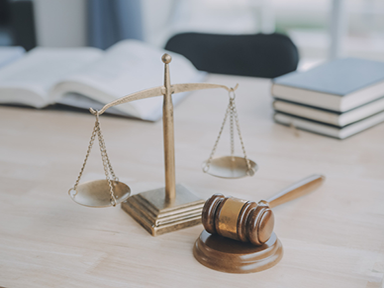
New tenancy rules are set to come into effect this year. Read on to discover how these changes impact landlord insurance...
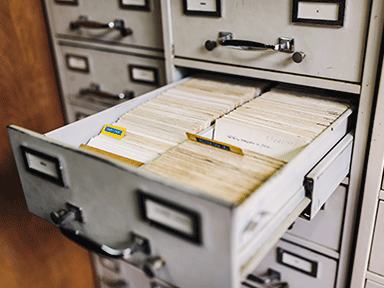
This is why legal liability cover is so important and you need cover with seven-figures...
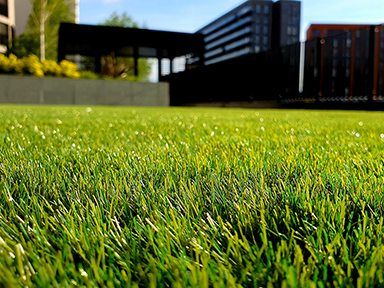
Landlord insurance provides protection against common risks property investors face, but it doesn’t cover everything…


